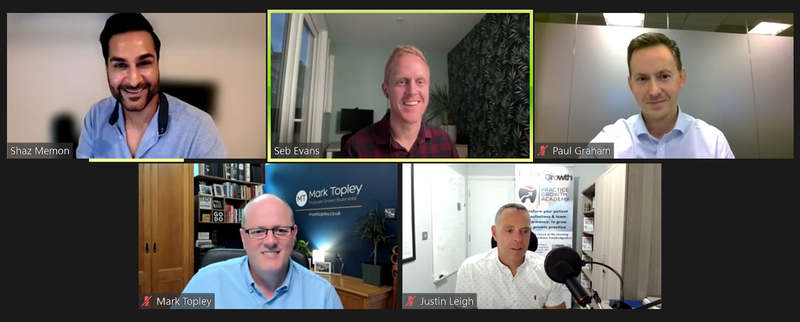Christie & Co publishes report on Chinese cultural & tourism
Following the success of the second annual ‘Cultural & Tourism Village’ session at the 12th China Tourism Forum in November 2018, co-hosted with the School of Hotel and Tourism Management (SHTM) at the Hong Kong Polytechnic University (PolyU), specialist business property adviser, Christie & Co has published a special report, ‘Cultural & Tourism Villages and Theme Parks,’ with support from the SHTM Hotel and Tourism Research Center and the guests at the first annual ‘Cultural & Tourism Village’ session in 2017.

Christie & Co’s report analyses the global theme park market, top theme park groups and the development of cultural & tourism villages in China. As the Chinese tourism market continues to boom, fuelled by increasing household incomes and the support of central and local governments, the report identifies the emerging concept of cultural & tourism villages as an investment hotspot within the Chinese tourism market.
The report considers the scale of the global theme park market, in terms of both visitor numbers and total revenue, finding that while the North American market remains the largest, the Asian Pacific market is the fastest growing region, with a compound annual growth rate of 7% in the Asian Pacific from 2011 to 2016. The North American and Asian Pacific markets are expected to dominate the global market in the future, accounting for an estimated 85% of the market by 2020.
Following analysis of the top 10 theme park markets, the report identifies the top three as the United States, Japan and China. The Chinese market has positioned itself as the third largest theme park market, growing at a compound annual rate of 16.8% from 2011 to 2016. The country's proportion of the global income was around 11% in 2016 and is expected to reach 14% in 2020.
Global theme park groups currently leverage ‘intellectual property’ (IP) to create experiential entertainment to differentiate themselves and attract more visitors, and destination theme parks construct a strong ‘theme IP’ in order to increase the popularity of the park, generate income and influence longer overnight stays. In terms of global branded theme parks, Disney is positioned as the market leader, accounting for approximately 30% of global consumption with 12% of global attendance in 2016. Top global theme park brands, namely Disney, Merlin’s Legoland, Universal Studios and Six Flags, have already entered the Chinese market due to its increasingly high demand for new theme parks.
According to National Bureau of Statistics of China, the total number of tourists in 2017 exceeded 5 billion, marking an 85% increase from 2011 to 2017 and a compound annual growth over 10%. China’s theme park market grew rapidly from 2000 to 2014, accelerated by the emerging concept of cultural & tourism villages, first introduced by the Chinese Government in 2015 in order to accelerate the urbanisation of villages and foster faster industrial growth in rural areas. The Chinese theme park market is expected to continue to grow rapidly alongside the development and growth of cultural & tourism villages.
Joanne Jia, Head of Asia at Christie & Co comments, “Christie & Co is currently assisting a number of global theme park groups and IP owners to enter the growing Chinese tourism market, and we are seeing an increasing number of overseas groups looking to enter this exciting market. The advantages and risks of different strategies to entering the market and managing planning, construction, operation and management should be considered. Although many overseas groups have adopted a sino-foreign joint venture strategy with a Chinese group or government, the lease agreement, management contract and franchise models can still prove to be advantageous. Most importantly, intellectual property will remain a key catalyst to the success of theme parks and cultural & tourism villages and remains an essential component for investors and operators.”



















